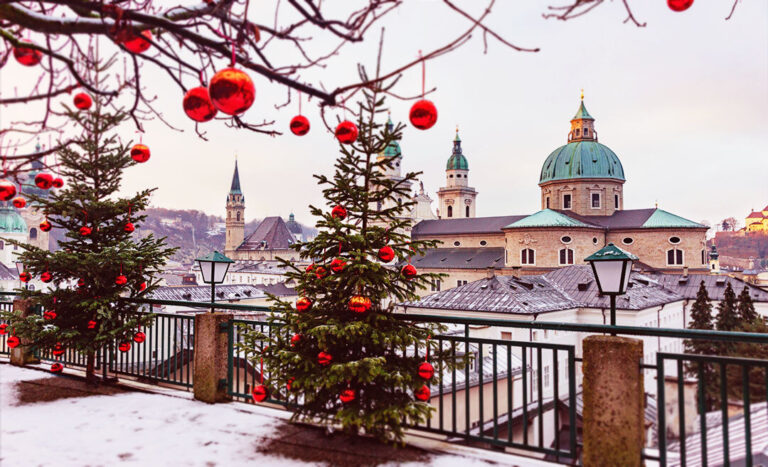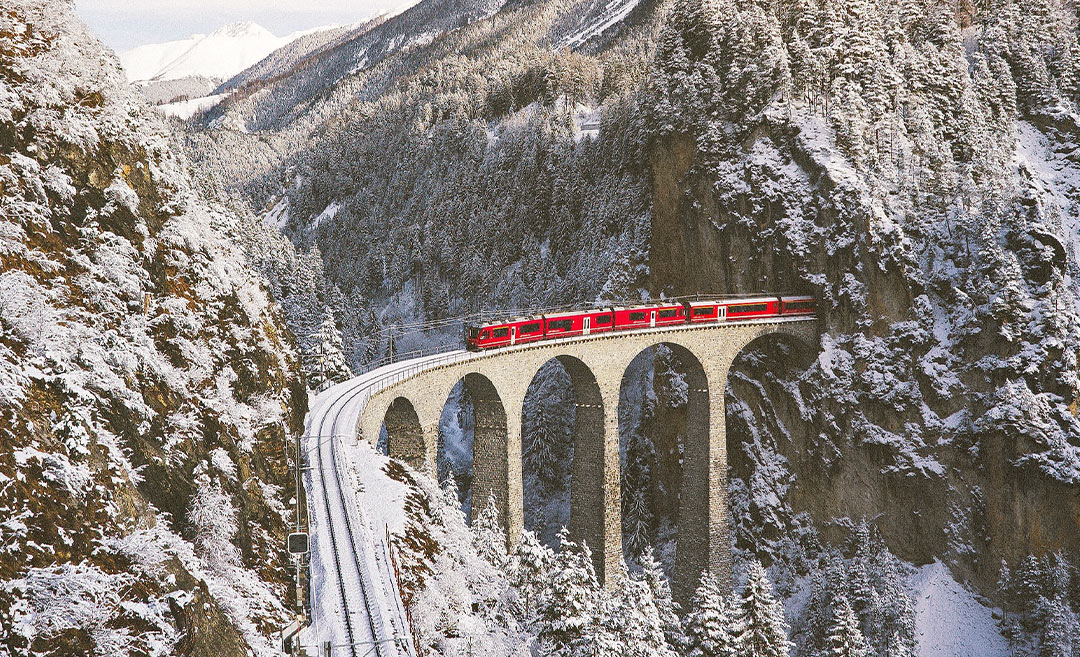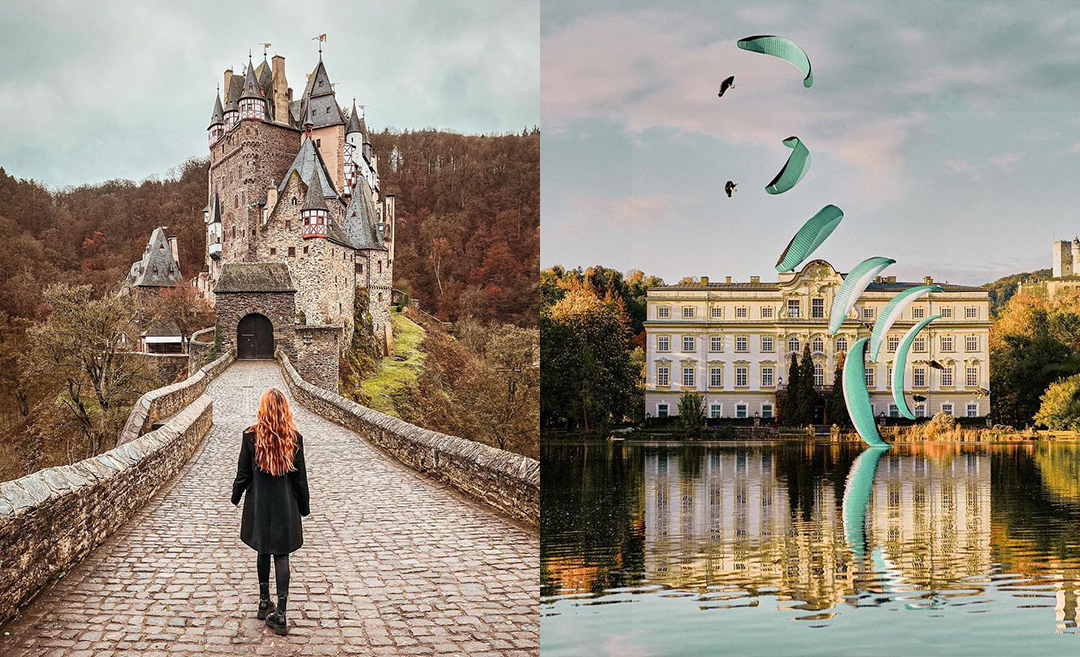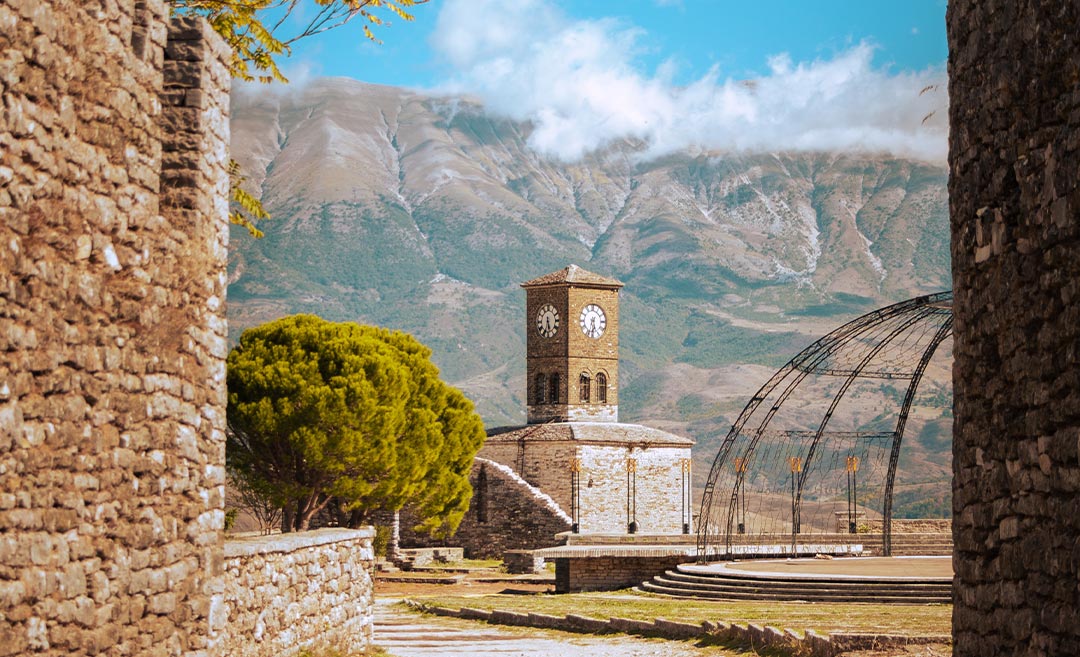Winter with a snow-capped landscape, hearty treats, and warm beverages in front of an open fire is a very appealing proposition. Those dreaming of a white Christmas should consider Austria for their next European holiday. Christmas is an exciting time in much of Europe, but the celebrations in Austria offer a fairytale setting of snow, heritage, dining delights, and atmospheric markets.
At the beginning of December, many families decorate their homes with snowmen, Christmas wreaths, and fairy lights. Chefs also dust off tried-and-tested recipes to bake Christmas treats. Despite the snow, Christmas markets (also known as Advent markets or Christkindlmarkt) are popular with families who keep warm over a mug of gluhwein for the adults and punsch for the children.
Romantic Salzburg celebrates Christmas with a large market in the city centre, while in smaller rural markets, open fires keep the revellers warm, and sleighs may even bring people to the market.
Salzburg’s christkindlmarkt
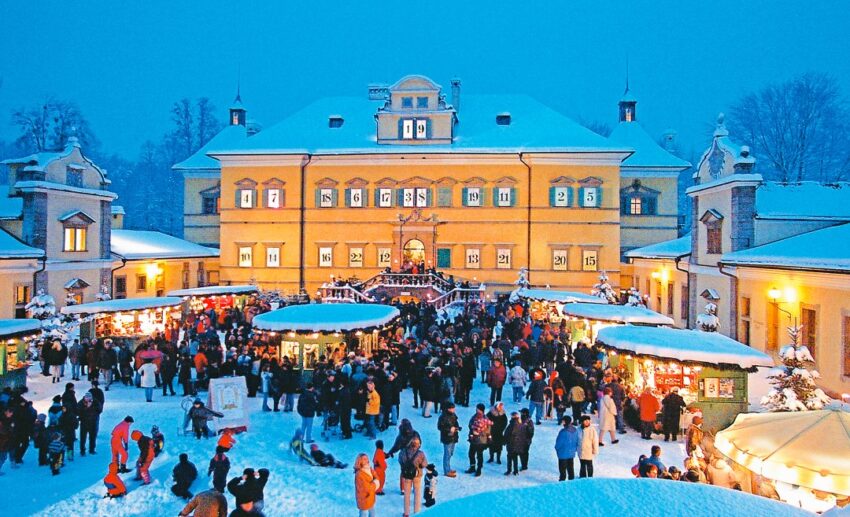
The celebrations in Austria commence on 6 December, St. Nikolaus Day. Children open the first window in their Advent calendar, and from then until Christmas Eve, a small treat is received with the daily opening of a small window.
Salzburg’s main market extends over Domplatz and Residenzplatz, while smaller ones operate on Mirabellplatz, Hohensalzburg Fortress, and Hellbrunn. The main market is a magical venue with the Baroque-style cathedral as a backdrop. From it radiate cobblestone streets that date back to medieval days when Salzburg was a strategic salt production and trading centre (salz is the German word for salt).
Salzburg’s Getreidegasse pedestrian precinct, in the UNESCO World Heritage Site old town, is one of Europe’s most exciting year-round retail precincts, especially at Christmas, with its fairy lights and heritage iron signs at the entrance to each outlet.
The celebrations in Salzburg are especially popular as the old part of the city is walkable, and it’s also Mozart’s birthplace, so the city is always alive with music.
Christmas culinary delights
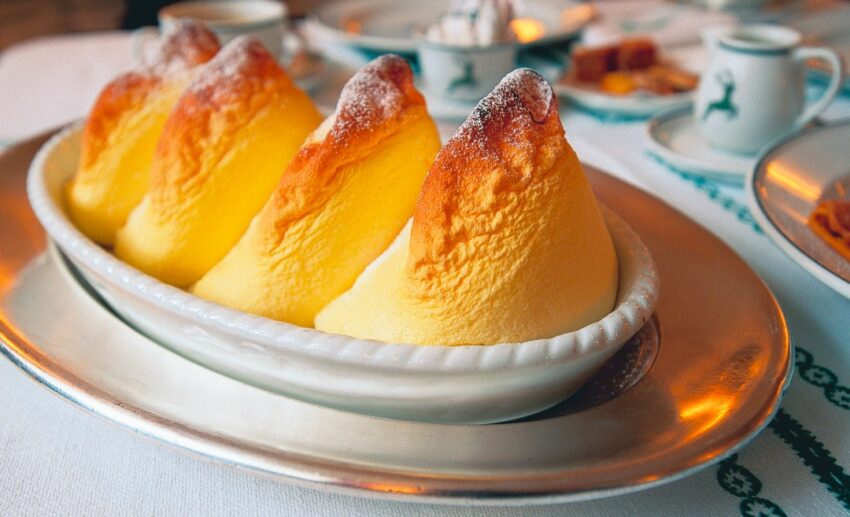
In preparation for the Christmas celebrations, seasonal cookies such as nut bars, Ischl cakes, cinnamon stars, poppy seed rolls, nut strudel, vanilla crescents, rum balls, and meringues are baked. Kletzenbrot, or klotzenbrot, a delicious fruit cake made from dried pears, apples, plums, and spices, is baked and decorated with stars, circles, and hearts on the crisp crust.
The aroma of roasting chestnuts fills the air, and multi-coloured candied fruits are sold in the markets, along with an enticing selection of gingerbread figures and houses. Christmas bread and stollen have been baked at Christmas time for centuries. Children love the candy apples while everyone enjoys toasted almonds, and hot Salzburg farmer’s doughnuts are enjoyed with jam or sauerkraut.
Christmas Eve is time for the family to gather and dine on würstlsuppe (also known as mettensuppe), a beef broth with white sausage and noodles. The eating, drinking, and merriment continue on Christmas Day, with a favourite being roasted goose with dumplings and red cabbage or roast meat. Side dishes include chestnuts, potatoes, apples, and pears filled with cranberries.
Dessert could well be the local favourite called Salzburger Nockerl, a soufflé-like dish that resembles the snow-capped mountains surrounding Salzburg. It is usually served with raspberry sauce, and often, fruit is included.
A silent night
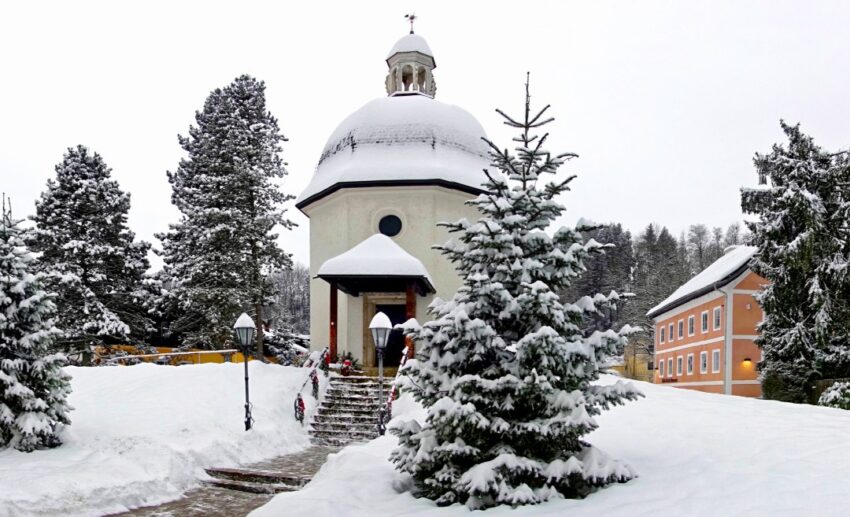
Christmas carols are sung or played throughout the city, with the best-known and best-loved Christmas carol being ‘Silent Night’. The carol has special significance for Obendorf, a small town on the outskirts of Salzburg. The carol was composed here by Franz Xaver Gruber, who wrote the music to accompany a poem written by the local priest, Father Josef Mohr. It was first performed in German in 1818 at St. Nikolaus Church in Oberndorf.
However, it was a strange twist of fate that popularised the tune. Two days before Christmas, the church organ broke down, leaving Mohr pondering how he would inspire his churchgoers. He recruited Gruber, an accomplished organist from a neighbouring village, to compose the music for his poem and to accompany him on guitar.
The performance was a success, the evening was saved, and the villagers had a joyous Christmas. Some years later, a group of Tyrolean singers adopted the tune and eventually performed it in Austria and Europe, where it captured the imagination of all who heard it.
The original church was destroyed by floodwaters in 1913, and a small memorial chapel now marks the original site. Barely 20 parishioners can fit into the tiny space, and the chapel is only used for sightseeing and special occasions like weddings. An Advent market is established here at Christmas time. The chapel is a pleasant, signposted walk from the train station (follow the Stille Nacht signs).
Romantic Salzburg
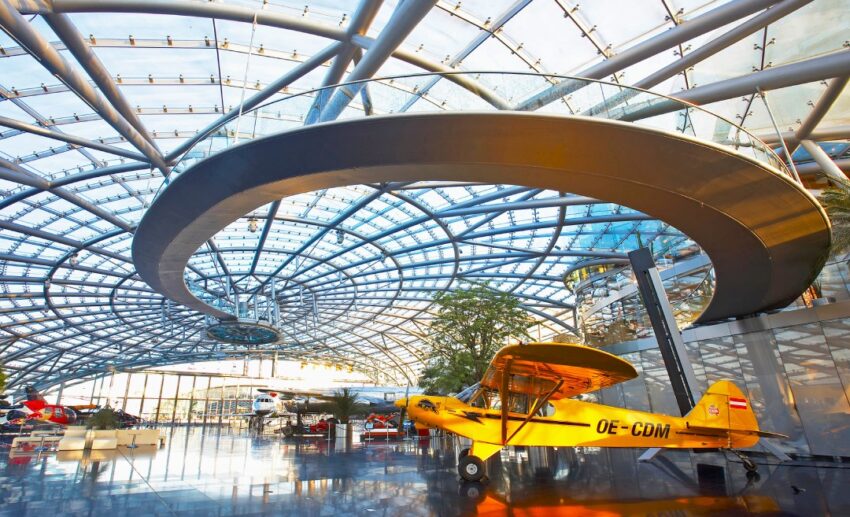
The sounds of classical masters such as Mozart, Strauss, and Schubert resonate and entertain tourists in Salzburg year-round. In 1965, the movie The Sound of Music introduced the Austrian Alps, alpine lakes, and Salzburg’s grand buildings to global moviegoers.
Interestingly, the movie was never popular in Austria, but this hasn’t stopped tourist operators from capitalising on the movie’s success. Tours to the principal movie locations are offered. These include Mirabell Gardens, Hellbrunn Palace, the Palace of Leopoldskron, Nonnberg Abbey, St. Gilgen on Lake Wolfgang, and Mondsee.
Another attraction that’s perfect for exploring on a cold winter day is The Red Bull Hangar-7 adjacent to Salzburg’s W.A. Mozart Airport. This fascinating complex combines art, cuisine and aviation with a collection of Flying Bulls aircraft, Formula 1 racing cars, art displays and creative dining. The main dining outlet here is Ikarus, which features a leading global chef every month. Carpe Diem Lounge Café, Mayday Bar, and Threesixty Bar make this an exhilarating venue to visit.
Salzburg is often considered one of the world’s most romantic tourist destinations, with winter an especially enchanting time to visit.
The need-to-know
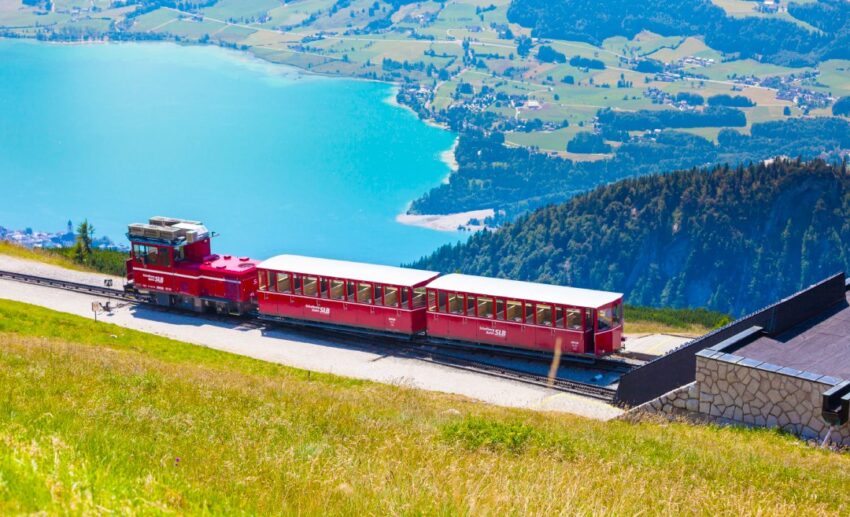
Getting there: Turkish Airlines flies from Kuala Lumpur to Istanbul and then to Salzburg. It also flies to and from Vienna, so Turkish Airlines enabled me to fly into Salzburg, travel overland by train to Vienna, and from there back to Kuala Lumpur.
Getting around: Oberndorf is just 30 minutes from Salzburg by train, with regular departures. These trains depart beneath the main station; look for directional arrows pointing to the lokalbahn. At least half a day should be allocated to visiting Oberndorf.
Accommodation: Salzburg has numerous hotels. For something central, stay at the Radisson Blu Hotel Altstadt Salzburg. On the opposite side of the Salzach River, the Hotel Sacher Salzburg may not be as famous as its sister property in Vienna, but its Sacher-Torte and coffee are not to be missed. I also like Hotel Motel One Salzburg-Mirabell for its picturesque riverside setting and proximity to the train station. Visitors seeking a regal experience should check into Schloss Leopoldskron. Meininger Hotel Salzburg City Center offers budget travellers dormitory beds and rooms. While there are several small places to stay in Obendorf, I would suggest travelling there for a day trip and staying back in Salzburg.
For more information, visit Austrian National Tourism or Salzburg Tourism for details on all travel. Log onto Salzburg Sightseeing Tours for The Sound of Music tours.
Images provided are courtesy of the author unless stated otherwise.
